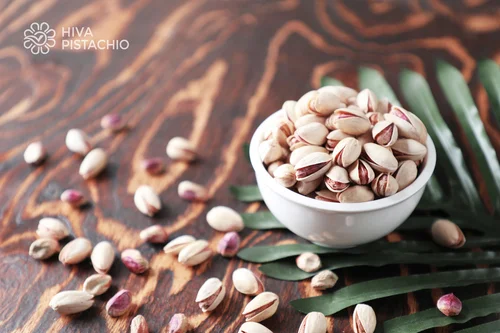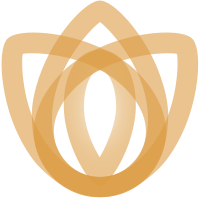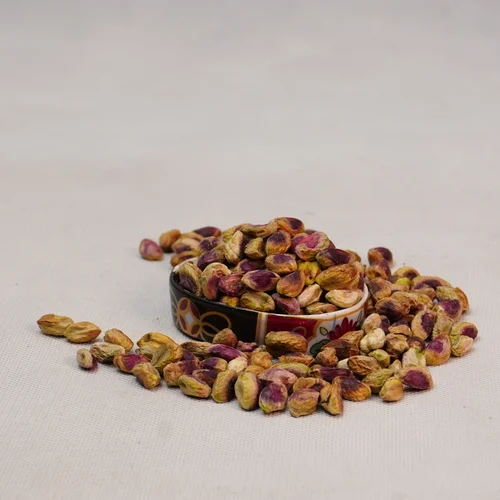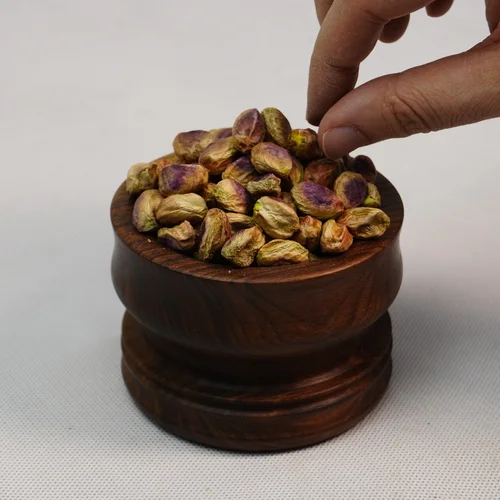History of pistachios in Eastern Europe

Pistachios are one of the first cultivated nuts from the Middle East and have played an important role in bridging food cultures between Asia and Europe. The journey of the pistachio to Eastern Europe is a fascinating story, shaped by centuries of trade, travel and cultural exchange.
The original origin of pistachios
The first cultivation of pistachios began more than 3,000 years ago in what is now Iran, Syria, and Central Asia. From there, pistachios arrived along the Silk Road. With the rise of the Persian Empire and later the Islamic Caliphates, pistachios became valued as both a luxury food and a medicinal ingredient.
Pistachios and the Ottoman Empire
In Eastern Europe, the arrival of pistachios is closely linked to the influence of the Ottoman Empire. Between the 15th and 17th centuries, pistachios reached areas such as present-day Bulgaria, Romania, Serbia, Bosnia, and parts of Hungary. In Ottoman cuisine, pistachios were used in rice dishes, pastries such as baklava, and many desserts, creating a tradition that still influences regional cuisine.
Trade routes and expansion
Trade also brought pistachios to the northern Black Sea region, including present-day Ukraine, Moldova, and southern Russia. Merchants transported nuts and dried fruits from Iran and the Caspian region, and pistachios were distinguished by their flavor, long shelf life, and unique appearance.
Pistachios in the 18th and 19th centuries
By this time, pistachios had spread beyond elite circles. Growing trade with the Persian and Ottoman lands made them easier to access for local markets. Pistachios appeared in cookbooks and medicinal records, and were sometimes praised for their health benefits, such as aiding digestion. In areas of Central Europe such as Transylvania, Galicia, Poland, and the Czech lands, pistachios were considered a delicacy, often used in cakes, pastries, liqueurs, and festive desserts.
Pistachios in the 20th century
The 20th century brought major changes. During the Soviet era, restrictions on the import of luxury goods made it harder to find pistachios. However, they occasionally appeared at border markets or in special packaging. Researchers also studied the nutritional value of pistachios.
Pistachios after 1990
After the fall of the Iron Curtain, Eastern Europe reopened to international trade. Supermarkets expanded and interest in healthy foods increased.
Iranian pistachios became famous for their quality, while American pistachios also entered the market with active advertising.
Pistachios in Eastern Europe today
Today, pistachios are a familiar part of everyday life throughout Eastern Europe. People enjoy them roasted and salted, mixed into pastries, or used in energy bars. Pistachios are also a popular ingredient in modern desserts and creative fusion dishes.
Conclusion
The story of pistachios in Eastern Europe is a reflection of cultural exchange, trade, and changing tastes. From the royal banquets of centuries ago to the kitchens and cafes of today, pistachios have continued to symbolize connection through food.
Source: zalando




